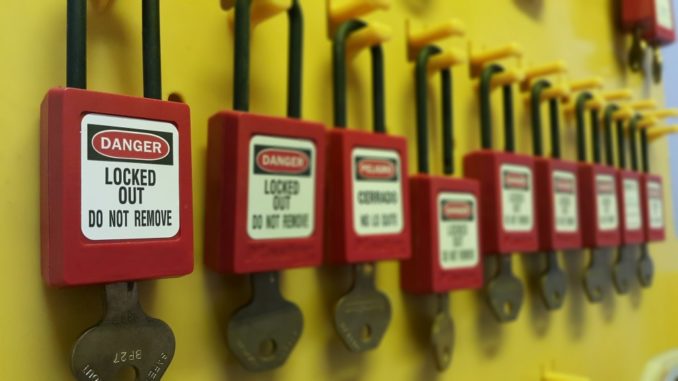
Workplace safety is an important concern, whether you are in an office seated at your desk or outside doing some work on a construction project. There are a lot of measures taken by companies to ensure that their employees are safe. Objects that block walking paths are cleared. Even the slightest chance of someone tripping or slipping is considered. Warning signs are also placed in all places necessary. The company should have a safety signage supplier so that they can get more of these when needed. It’s cool to know that they direct us to safety, like they’re triggering an instinct in us to avoid danger. It all seems second nature.
Safety devices and equipment are things that need to be appreciated. For your curiosity, here are some of them that you may see around your work environment.
Barricades
There are many objects placed around the workplace that warn and turn you away from danger. To block paths or areas, tape with warning messages can be used. You mostly recognize it at crime scenes, usually with the words, “Police line; do not cross.” It is also used in different situations, but the main goal is to block people from entering.
Barricades need to be easily noticeable, so bright contrasting colors are a must. More open areas such as roads often use cones and signs to block out vehicles. For more temporary situations, easily movable warning signs are used. These are the ones you see folded out into an A shape with a message on both sides, typically used on wet floors. Ropes can also be used to isolate an area.

Lighting
This also plays a big role in safety. It can be used to help with directions in places where there is low visibility. This is where the phrase, “Follow the light,” becomes literal because you really need to do that if caught in a dangerous situation.
You may not notice it, but your workplace is equipped with emergency lights. They turn on only during a power outage and are strategically placed to light up all useful paths. They are the ones you see mounted high up on walls, fitted with two lamps facing away from each other. When the power goes out, they instantly light up. They are very useful in buildings, where there are places that can be enveloped in total blackness when no light source is present.
Safety Gear
On your part, you need to put on safety gear when you are asked to. Hard hats are commonplace in construction sites. Earmuffs are not just used in shooting galleries but in workplaces as well. There are industrial areas with noisy equipment, and it comes in handy there.
More serious situations require special equipment. In places where there may be hazardous materials, full-body protection is required. There are different levels that you need to know. You also need to know what needs to be worn in each based on U.S. standards. They are as follows:
- Level D. This is the lowest level, used in a place where there are no hazardous materials. Only basic physical protection such as hard hats and protective clothes are needed.
- Level C. Familiar harmful substances and fumes are present, but not a cause for emergency. You need a suit, gloves, and boots that can protect you from heat and splashes and a mask to let you get through smoke and fumes. A typical situation would be when a fire has broken out.
- Level B. Outfit would be similar to level C. In addition to this, you need a self-contained breathing apparatus (SCBA) as your respiratory equipment. This protects you from splashes, but not vapors.
- Level A. This offers protection that level B has and then some. The outfit you wear should encapsulate your whole body, with your SCBA worn inside. You are protected from splashes and vapors.
Safety will always be an important concern anywhere. As they say, prevention is better than a cure. Things may not look exciting around the workplace, but you need to make sure that there is no stone left unturned when it comes to preparedness.
